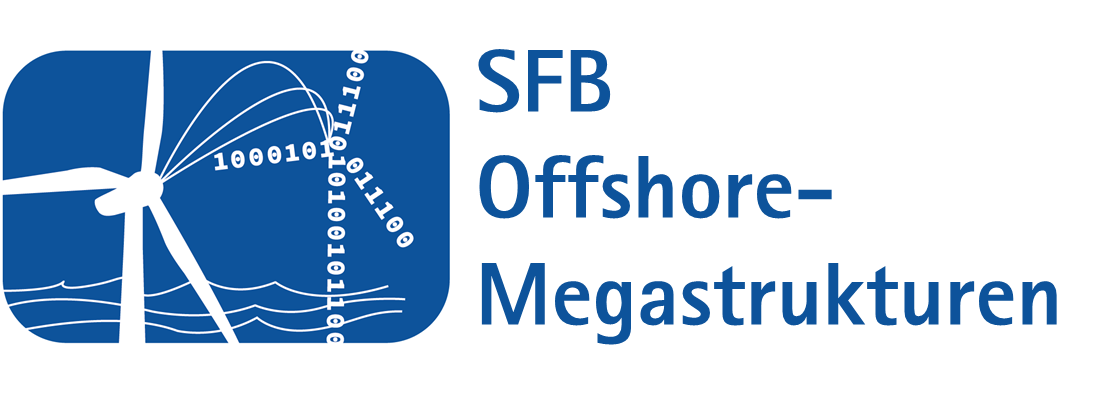In the Collaborative Research Centre "Offshore Megastructures", new concepts are being developed for the offshore wind turbines of tomorrow. They are intended to make a significant contribution to the success of the energy transition. Future turbines will be significantly larger than today's: over 300 metres in total height and with rotors more than 280 metres in diameter. This means that they will be subject to hardly any known effects, for example from wind conditions that can develop at heights of over a hundred metres. Due to their dimensions and the more filigree construction required for them, environmental influences, but also interactions of individual components with each other, become more relevant. Today's established methods for the design and operation of wind turbines are no longer applicable to structures of this size.The aim of the Collaborative Research Centre is to research physical and methodological principles based on the concept of a digital twin. The digital twin is an individual simulation model for the development of integrated design and operation planning.
For the operation of future wind farms, precise information about the condition and dynamic behaviour of the support structure and rotor blades as well as knowledge about the effects of changing environmental and operating conditions is required for each individual turbine throughout its entire service life. Classical simulation models are usually identical for all turbines in a wind farm and focus primarily on load-bearing capacity. Aspects such as manufacturing, installation as well as operation and dismantling, on the other hand, are given secondary consideration.
As part of the Collaborative Research Centre, the researchers will therefore develop a method with the digital twin that integrates all these details. The digital twin is a coupled overall model of a concrete wind turbine that is adapted to the current state of the real structure (the real twin) with the help of measurement data. This results in simulation models that describe individual, real turbines over their entire service life and can always be adapted to the current state.
"With the help of the digital twin, future wind turbines can be designed and operated safely, economically and in a way that conserves resources," explains Professor Rolfes from Leibniz Universität Hannover and designated spokesperson for the Collaborative Research Centre. This would enable plants that offer more efficient power generation and more continuous power feed-in compared to today's models and - in relation to their performance - are faster to set up and cheaper to maintain.









